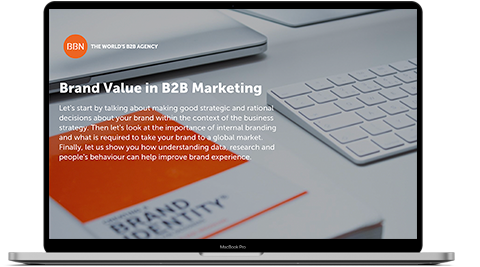However, many big companies might want to slow down spending when things get tough; the smart ones know they offer the chance to make a bigger splash and gain ground. That’s why many of the world’s most successful B2B brands have a history of increasing marketing efforts during economic downturns, including Microsoft, IBM, Oracle, Cisco Systems, Adobe and the B2B financial services division of American Express, to name a few.
The math is simple: if you’re outspending your competitors wisely, you will gain ground — and that’s even easier when they’re pulling back. So if everybody’s pulling back, it’s time to push forward. Even if they’re not, ongoing spending is essential to ensure you retain and grow your presence in the market.
Although getting internal buy-in for this kind of strategy may not be easy, B2B CMOs have several advantages this year. The first is that B2B companies typically don’t see as big of an impact from macroeconomic factors. Although microeconomic conditions in their specific industries may cause disruptions, B2B typically runs on a longer-term scale, with more stable client bases that can smooth out economic bumps.
In addition, the LinkedIn/Ipsos findings suggest the influence of the CMO has grown within the C-suite within the last two years. Roughly 2 in 3 CMOs and CFOs agree that the importance of the CMO has increased. Interestingly, CFOs (60%) are more optimistic than CMOs (49%) about the marketing team’s ability to drive revenue.







